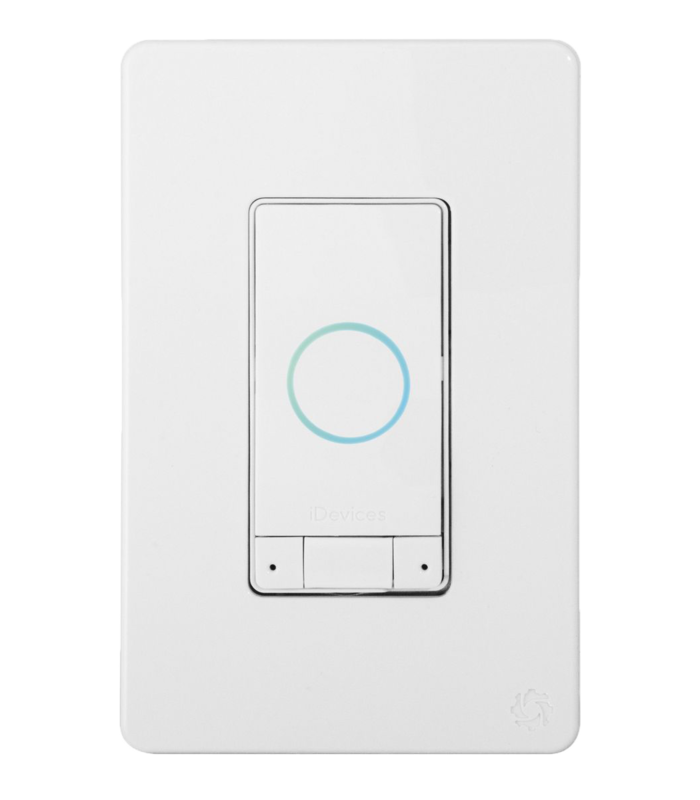Named Builder of the Year by PROBUILDER Magazine Learn More
In order to best help you, tell us where you are in your new home search.
Send Me Email Updates
I want to stay in the loop about
all things Schell Brothers.
I Need Help Choosing
I like your homes and communities; I need help narrowing down choices.
I'm Ready to Talk!
I have my eye on a specific community, and I am ready to talk more about it.











































